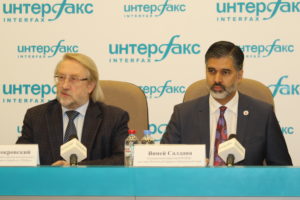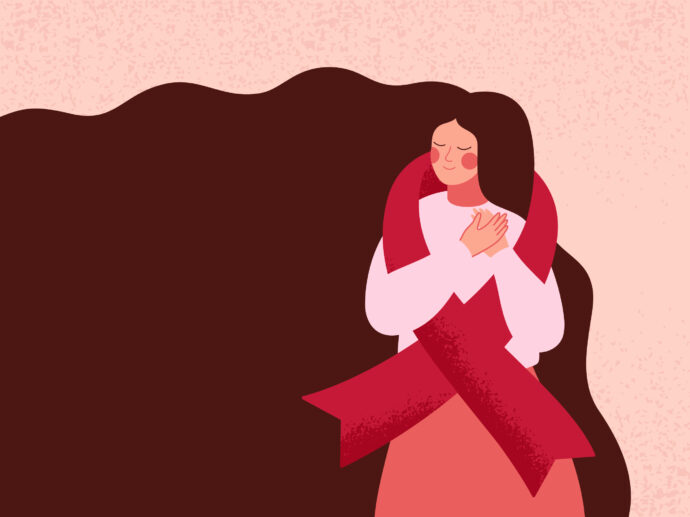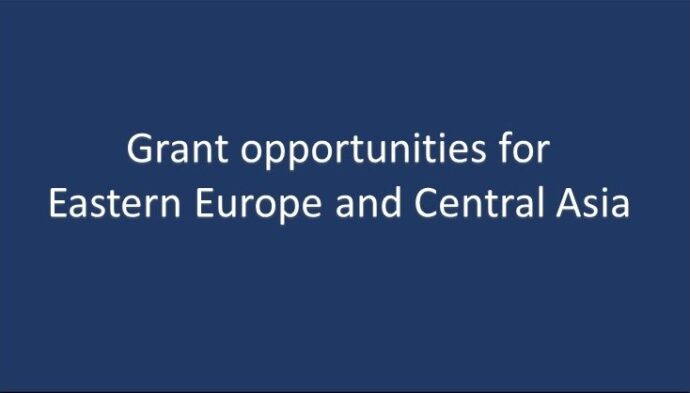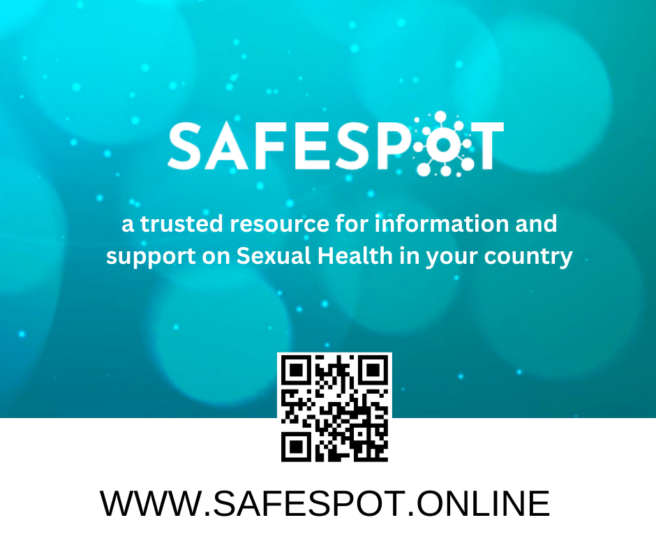Author: Anastasia Petrova, Russia
 This year, the issue of treatment coverage for people living with HIV has been broadly discussed in Russia on World AIDS Day. We are talking on this topic with Vinay Patrick Saldanha, Director, Regional Support Team for Eastern Europe and Central Asia (EECA), UNAIDS.
This year, the issue of treatment coverage for people living with HIV has been broadly discussed in Russia on World AIDS Day. We are talking on this topic with Vinay Patrick Saldanha, Director, Regional Support Team for Eastern Europe and Central Asia (EECA), UNAIDS.
– Mister Saldanha, today at the press conference, organised by the movement Patient Control, we heard that in Russia only up to one third of all people living with HIV receive treatment. What measures are to be taken to reverse the situation?
– A hard and fast decision is to be taken on adopting the ‘test and treat’ strategy. In line with the World Health Organization (WHO) guidelines, which have already been used for several years, all people with the HIV status should get uninterrupted and high-quality treatment. At the same time, treatment guidelines issued by the Russian Ministry of Health state that priority in treatment should be given to the patients with the immune status below 500 СD4 cells. Thus, with the limited access to drugs, doctors have to prescribe therapy to those who have the weakest immunity and open the so-called waiting lists. In many regions, the situation is critical.
Now in Russia there are mass HIV testing campaigns. However, to motivate people to get tested the second part of the strategy – the ‘treat’ component – should also be offered. If a person is concerned as he had some questionable contacts or he knows that his sexual partner is HIV positive, it means a direct risk of infection. It would be very good for such person to check his HIV status. However, if he knows in advance that he would not get treatment and that the AIDS centres have the “waiting lists,” he will not be highly motivated to get tested. To remove those questions from the agenda, all national governments should adopt the ‘test and treat’ policy. I am happy to say that in Eastern Europe and Central Asia there are quite a few countries, which have already announced following this policy: Armenia, Ukraine, and Kazakhstan. They treat all patients who test positive: the patient can seek and get help. If Russia wants to achieve the 90/90/90 target by the end of 2020, the decision to ‘test and treat’ is to be taken in 2018.
– A year ago, Russia adopted the State Strategy to Combat the Spread of HIV through 2020. How do you assess its effectiveness?
– The very fact that there is such a strategy is a great achievement. For many years, the epidemiological situation remained complicated due to the lack of a strategy. For the first time, the government issued an important state document calling to urgently accelerate the measures to combat HIV. It is very good that such measures are to be taken not only by the government, but also by the society, mass media, private sector and trade unions.
However, it would be good if people who prepared the Strategy would define clear and measurable targets for each year: what should be the reduction in the new HIV cases, how many patients are to be enrolled to treatment. The five-year goals are defined but how is it possible to split them and follow up on the achievement of interim targets each year?
– Vadim Pokrovsky said that the Strategy does not have a strong financial background…
– It is a question of state priorities. I think that Russia, having the resources and knowing how to distribute them in the best way, is able to find the sufficient funding to combat HIV. This is not just about the budget increase. There are high-quality drugs, which are less expensive than those procured in Russia. Thus, apart from allocating two or three times more money from the state budget, the cost of drugs may also be reduced. In the last two years, thanks to the pro-active approach of the Ministry of Health, an unprecedented reduction in the cost of HIV treatment in Russia was observed. Such price reduction strategy shall be continued until all patients have access to drugs. My estimate is that in the EECA region the cost of treatment should not exceed 200 US dollars per patient.
– Speaking about price reduction, do you mean compulsory licensing?
– This as well. When compulsory licenses were discussed for the first time, the Russian government represented by the Ministry of Health was concerned that the foreign pharmaceutical companies may leave our country, stop the clinical trials and Russia would be excluded from the innovations. I know over 15 countries in the world, which issued compulsory licences for HIV drugs. In none of those cases, none of the pharmaceutical companies ceased their activities in such countries. Vice versa, such policy led to sharper price declines and scaled up access to treatment. That is why I strongly welcome the discussion of this question at all levels.
One option is to issue a license to produce drugs in the country and another is to facilitate the procurement of quality drugs from abroad at lower prices. Thus, Brazil, for example, for 20 years was famous for producing most “first line” drugs for its citizens. However, three years ago, even before the WHO guidelines were issued, it was the first country to make a decision to treat all people living with HIV. After all the costs were calculated, it became clear that such coverage could not be reached if only locally produced medicines are used. Then the country started purchasing generic medicine from Indian brand producers for 400 US dollars per patient a year. It is a very interesting example of how access to high-quality medicine may be ensured without violating the patent rights.
– Surely, you will take part in the XXII International AIDS Conference in Amsterdam next year. What are your plans for this event?
– We have a joint plan for two very important conferences: VI Eastern Europe and Central Asia AIDS Conference (EECAAC 2018) and the XXII International AIDS Conference (AIDS 2018) in Amsterdam next year. As UNAIDS, we are co-organizers of the ЕССААС 2018 and members of the AIDS 2018 Committee. We encourage specialists and mass media representatives to not only take an active part but also to build kind of a strategic bridge between those conferences. We would like the international participants to intensively share their experience at ECCAAC 2018 and representatives of the EECA region to broadly present their developments at AIDS 2018.




